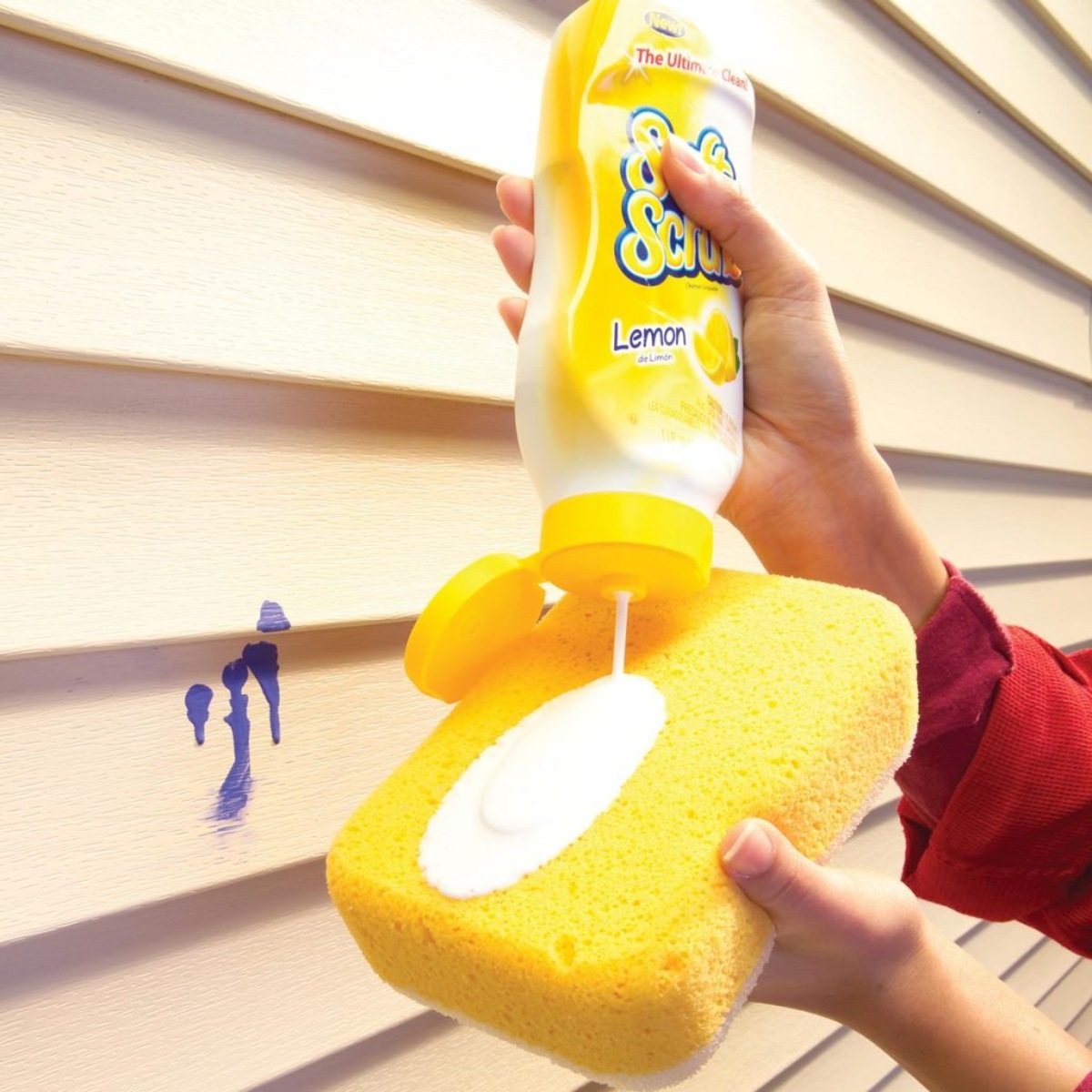

Articles
What Is The Best Cleaner For Vinyl Siding
Modified: December 7, 2023
Looking for articles on the best cleaner for vinyl siding? Discover expert tips and recommendations to keep your siding looking pristine.
(Many of the links in this article redirect to a specific reviewed product. Your purchase of these products through affiliate links helps to generate commission for Storables.com, at no extra cost. Learn more)
Introduction
Vinyl siding is a popular choice for homeowners due to its durability, low maintenance, and ability to enhance the curb appeal of a home. However, over time, vinyl siding can accumulate dirt, grime, and mildew, which can diminish its appearance. To keep your vinyl siding looking clean and fresh, it is essential to invest in a high-quality cleaner.
Choosing the right cleaner for vinyl siding can be a daunting task, as the market is flooded with various options. Factors such as effectiveness, compatibility, safety, and cost need to be considered when making a decision. In this article, we will explore the different types of cleaners available, including both homemade and commercial options, and provide tips on how to clean and maintain vinyl siding effectively.
Before diving into the types of cleaners, it’s important to understand the composition of vinyl siding. Vinyl siding is made of polyvinyl chloride (PVC) resin, which is mixed with various additives to provide strength and durability. This composition makes vinyl siding prone to staining, especially from environmental elements such as dirt, tree sap, and mold.
Regular cleaning not only enhances the overall aesthetic appeal of your home but also prolongs the lifespan of the vinyl siding. Choosing the right cleaner can make a significant difference in the efficiency and ease of the cleaning process, while also ensuring that the integrity of the vinyl siding remains intact.
Now that we understand why choosing the right cleaner is important, let’s explore the various factors you should consider when making your selection.
Key Takeaways:
- Choose a vinyl siding cleaner based on effectiveness, safety, and cost to maintain its appearance and durability. Consider homemade and commercial options for optimal results.
- Properly clean and maintain vinyl siding using gentle cleaning solutions, regular inspections, and preventative measures to prolong its lifespan and enhance curb appeal.
Read more: What Brand Of Vinyl Siding Is Best
Factors to Consider When Choosing a Cleaner for Vinyl Siding
When it comes to selecting a cleaner for vinyl siding, there are several factors that you should take into consideration to ensure that you make the best choice for your specific needs. Here are some key factors to keep in mind:
1. Effectiveness: The primary purpose of a vinyl siding cleaner is to effectively remove dirt, grime, and mildew from the surface. Look for a cleaner that is specifically formulated for vinyl siding and has a proven track record of effectively removing stains and restoring the siding’s original appearance.
2. Compatibility: Vinyl siding can be sensitive to certain chemicals and ingredients. It is essential to choose a cleaner that is compatible with vinyl siding to avoid any potential damage. Check the product label or consult with the manufacturer to ensure that the cleaner is safe to use on vinyl surfaces.
3. Safety: Consider the safety of both the environment and the individuals using the cleaner. Look for cleaners that are biodegradable, eco-friendly, and free from harmful chemicals such as bleach or ammonia. Additionally, opt for cleaners that are safe for pets and plants if you have them around your home.
4. Ease of use: Cleaning vinyl siding can be a labor-intensive task, so it’s important to choose a cleaner that is easy to use. Look for options that require minimal scrubbing or rinsing and can be applied with a sprayer or a pressure washer. Additionally, consider the drying time of the cleaner to ensure efficient and quick cleaning.
5. Cost: Evaluate the cost-effectiveness of the cleaner. While homemade cleaners may be affordable, commercial cleaners often offer better results. Compare prices and read customer reviews to find a cleaner that offers a good balance between cost and effectiveness.
6. Additional benefits: Some vinyl siding cleaners come with added benefits such as UV protection or anti-static properties. These additional features can help protect the siding from sun damage and prevent the accumulation of dust and dirt, resulting in longer-lasting cleanliness.
By considering these factors and conducting some research, you can choose a cleaner that meets your specific requirements and helps you achieve a clean and vibrant vinyl siding for your home.
Types of Cleaners for Vinyl Siding
There are several types of cleaners available for vinyl siding, each with its own unique advantages and disadvantages. Let’s explore some of the most common types of cleaners:
- Water and Detergent Solution: This is one of the simplest and most cost-effective options for cleaning vinyl siding. A mixture of water and mild detergent can effectively remove light dirt and grime. Simply mix a few tablespoons of mild detergent with water in a bucket and apply it to the siding using a soft-bristle brush or a sponge. Rinse thoroughly with clean water afterward.
- Vinegar Solution: Vinegar is a natural and versatile cleaner that can be used for various household cleaning tasks, including vinyl siding. Mix equal parts of vinegar and water in a spray bottle and spray the solution onto the siding. Let it sit for a few minutes to loosen the dirt, then scrub gently with a soft brush or sponge. Rinse the siding with clean water after cleaning.
- Bleach Solution: A bleach solution can be effective in removing tough stains and mold from vinyl siding. However, it should be used with caution as bleach can be harsh and may cause damage if not diluted properly. Mix one part bleach with four parts water and apply it to the siding using a sprayer. Leave it on for about 10 minutes, then scrub gently with a soft brush or sponge. Rinse the siding thoroughly with clean water afterward.
- Commercial Vinyl Siding Cleaners: There are numerous commercial cleaners available specifically designed for vinyl siding. These cleaners often come in ready-to-use spray bottles or concentrated formulas that need to be diluted with water. Follow the instructions provided by the manufacturer for the best results. Commercial cleaners are formulated to effectively remove dirt, grime, mold, and other stains without causing damage to the vinyl siding.
- Pressure Washer: A pressure washer can be a powerful tool for cleaning vinyl siding. It uses high-pressure water to remove dirt and grime quickly and efficiently. However, it is essential to use caution when using a pressure washer as excessive pressure can cause damage to the siding or force water behind it. Follow the manufacturer’s recommendations and maintain a safe distance from the siding while cleaning.
It is important to note that when using any cleaning solution, it is recommended to test it on a small, inconspicuous area of the vinyl siding first to ensure compatibility and to avoid any potential damage. Additionally, always read and follow the instructions provided by the manufacturer for optimal results and safety.
Now that we’ve explored the different types of cleaners available, let’s discuss the pros and cons of each to help you make an informed decision.
Homemade Cleaners for Vinyl Siding
If you prefer to use natural and homemade solutions for cleaning your vinyl siding, there are several effective options available. These homemade cleaners are often affordable, environmentally friendly, and can be made with ingredients readily available in your kitchen pantry. Here are a few homemade cleaners that you can try:
- Water and Dish Soap: One of the simplest and most effective homemade cleaners for vinyl siding is a mixture of water and mild dish soap. Simply mix a few tablespoons of dish soap with water in a bucket. Use a soft-bristle brush or sponge to apply the solution to the siding, scrubbing gently to remove dirt and grime. Rinse thoroughly with clean water afterward.
- Vinegar and Water: Vinegar is known for its cleaning properties and can be used to remove dirt, mildew, and stains from vinyl siding. Mix equal parts of white vinegar and water in a spray bottle. Spray the solution onto the siding and let it sit for a few minutes to loosen the dirt. Scrub gently with a soft brush or sponge and rinse thoroughly with clean water.
- Baking Soda and Water: Baking soda is a versatile cleaning agent that can effectively remove stubborn stains and grime from vinyl siding. Make a paste by mixing baking soda with water. Apply the paste to the stained areas and let it sit for a few minutes. Scrub gently with a soft brush or sponge and rinse with clean water. Baking soda is especially useful for removing grease stains and can also help eliminate odors.
- Lemon Juice and Water: Lemon juice is a natural cleaner that can help remove dirt, stains, and mildew from vinyl siding. Mix equal parts of lemon juice and water in a spray bottle. Spray the solution onto the siding and let it sit for a few minutes. Scrub gently with a soft brush or sponge and rinse thoroughly with clean water. Lemon juice also leaves a fresh, citrusy scent behind.
- Borax Solution: Borax is a natural mineral that can effectively clean vinyl siding. Mix ½ cup of borax with one gallon of water in a bucket. Apply the solution to the siding with a soft brush or sponge, scrubbing gently to remove dirt and stains. Rinse thoroughly with clean water afterward.
When using homemade cleaners, it is important to remember that the effectiveness may vary depending on the severity of the stains and the condition of the vinyl siding. Additionally, always test the solution on a small, inconspicuous area of the siding first to ensure compatibility and to avoid any potential damage. Exercise caution and follow proper safety measures while cleaning.
While homemade cleaners can be effective, commercial cleaners are specifically formulated for vinyl siding and often offer better results. Let’s explore the pros and cons of commercial cleaners in the next section.
Commercial Cleaners for Vinyl Siding
When it comes to cleaning vinyl siding, there is a wide range of commercial cleaners available on the market. These cleaners are specifically formulated to effectively remove dirt, grime, mold, and other stains from vinyl siding surfaces. Here are some of the advantages and disadvantages of using commercial cleaners:
Advantages:
- Effectiveness: Commercial vinyl siding cleaners are designed to tackle tough stains and provide optimal cleaning results. They often contain powerful ingredients that can penetrate and lift dirt and grime from the surface of the siding.
- Ease of Use: Commercial cleaners are typically available in ready-to-use spray bottles or concentrated formulas. This makes them convenient and easy to apply, saving you time and effort in the cleaning process.
- Targeted Formulas: Many commercial cleaners are formulated to address specific issues such as mold, mildew, or oxidation. They may also come with additional benefits like UV protection or anti-static properties, helping to prolong the longevity of your vinyl siding.
- Consistency: Commercial cleaners often provide consistent results, making them a reliable option for maintaining the cleanliness and appearance of your vinyl siding.
Disadvantages:
- Cost: Compared to homemade cleaners, commercial cleaners can be more expensive. However, the cost can vary depending on the brand, formulation, and quantity of the product.
- Chemical Content: Some commercial cleaners may contain chemicals that could be harmful to the environment, humans, or pets. It’s essential to read and follow the instructions provided by the manufacturer and exercise caution when using these cleaners.
- Potential Residue: Certain commercial cleaners may leave behind a residue if not rinsed thoroughly. This residue could attract more dirt and grime, resulting in a quicker re-soiling of the vinyl siding.
- Product Selection: With a plethora of commercial cleaners available, choosing the right one for your vinyl siding can be overwhelming. It’s important to research and read customer reviews to ensure you select a reputable brand that suits your specific needs.
When using commercial cleaners, always follow the instructions provided by the manufacturer. This includes diluting the product if necessary, applying it to a damp surface, and rinsing thoroughly to remove any residue.
No matter which type of cleaner you choose, always prioritize safety, and test the product on a small, inconspicuous area of the vinyl siding before applying it to the entire surface.
Now that you are aware of the pros and cons of commercial cleaners, let’s move on to the next section to learn how to clean vinyl siding properly.
Read also: 12 Superior Vinyl Siding Cleaner For 2024
Pros and Cons of Different Cleaners for Vinyl Siding
When it comes to cleaning vinyl siding, there are various types of cleaners available, each with its own set of advantages and disadvantages. Understanding the pros and cons of different cleaners can help you make an informed decision and choose the most suitable option for your needs. Let’s take a closer look:
Water and Detergent Solution
- Pros:
- Simple and cost-effective.
- Mild and safe for the environment.
- Gentle enough for regular maintenance cleaning.
- Cons:
- May not be effective for removing stubborn stains or heavy dirt buildup.
- Requires manual scrubbing.
Vinegar Solution
- Pros:
- Natural and environmentally friendly.
- Effective for removing dirt, grime, and mildew.
- Leaves a fresh scent.
- Cons:
- May not be as effective for heavy stains or mold.
- Requires manual scrubbing.
Bleach Solution
- Pros:
- Powerful in removing tough stains and mold.
- Quick action and results.
- Cons:
- Requires caution and proper dilution to avoid damage to the siding.
- Potential harm to plants, animals, and the environment.
Read more: What Is Vinyl Siding Made Of
Commercial Vinyl Siding Cleaners
- Pros:
- Specially formulated for vinyl siding, ensuring optimal cleaning results.
- Convenient and easy to use.
- Available in targeted formulas for specific issues and added benefits.
- Cons:
- Can be more expensive than homemade solutions.
- May contain chemicals that could be harmful to the environment.
Pressure Washer
- Pros:
- Efficient and time-saving for large areas.
- Powerful in removing dirt, grime, and mildew.
- Cleans hard-to-reach areas easily.
- Cons:
- Requires caution as excessive pressure can damage the siding.
- May force water behind the siding if not used correctly.
Choosing the right cleaner depends on various factors such as the level of dirt, the severity of stains, and personal preferences. For regular maintenance cleaning, simple homemade solutions may suffice. However, for stubborn stains or extensive cleaning, commercial cleaners or pressure washers may be more effective.
Always read and follow the instructions provided by the manufacturer when using any cleaner, and test it on a small, inconspicuous area of the siding before applying it to the entire surface.
Now that we’ve explored the pros and cons of different cleaners, let’s move on to the next section to learn how to clean vinyl siding properly.
How to Clean Vinyl Siding Properly
Cleaning vinyl siding is a straightforward process that, when done correctly, can restore its appearance and maintain its longevity. Here are step-by-step instructions on how to clean vinyl siding properly:
- Prepare the area: Start by removing any obstacles near the siding, such as outdoor furniture or decorations. Cover nearby plants and vegetation with plastic sheets or wet them with water to protect them from cleaning solutions.
- Choose your cleaning method: Select the cleaning method that best suits your needs and the level of dirt or stains on your vinyl siding. Options include water and detergent solution, vinegar solution, bleach solution, commercial vinyl siding cleaners, or pressure washing.
- Mix the cleaning solution: If you are using a homemade solution, follow the recipes mentioned earlier. If using a commercial cleaner, dilute it according to the manufacturer’s instructions. For pressure washing, fill the pressure washer with water and any necessary cleaning solution.
- Apply the cleaning solution: Using a soft-bristle brush, sponge, spray bottle, or pressure washer (set to a low-pressure setting), apply the cleaning solution to the vinyl siding. Start from the bottom and work your way up to prevent streaking. Work on small sections at a time to ensure thorough cleaning.
- Scrub gently: If using a brush or sponge, scrub the siding gently in a circular motion to dislodge dirt and stains. Avoid using abrasive materials or brushes with stiff bristles that could damage the vinyl surface. For pressure washing, use smooth, sweeping motions to cover the entire surface evenly.
- Rinse with water: After applying the cleaning solution and scrubbing, thoroughly rinse the vinyl siding with clean water. Use a garden hose or the pressure washer on a low-pressure setting to remove any remaining cleaning solution and dirt.
- Inspect and touch up: After rinsing, inspect the vinyl siding for any missed spots or stubborn stains. If necessary, repeat the cleaning process in those areas or use a more targeted approach, such as spot cleaning with a stronger solution or a specialized stain remover, following the manufacturer’s instructions.
- Dry the siding: Allow the vinyl siding to air dry naturally. Avoid direct sunlight if possible to prevent streaking or premature drying of cleaning solutions.
Remember to always read and follow the instructions provided by the manufacturer of the cleaning solutions or equipment you are using. Take safety precautions, such as wearing gloves and eye protection, when handling chemicals or operating pressure washers.
Regular cleaning of vinyl siding is recommended to prevent dirt buildup, mold growth, and other potential issues. By following these proper cleaning techniques, you can maintain the appearance and integrity of your vinyl siding for years to come.
Now let’s move on to the next section to discover some helpful tips for maintaining vinyl siding.
When cleaning vinyl siding, a mixture of water and mild soap is often the best cleaner. Avoid using harsh chemicals or abrasive tools, as they can damage the siding. Always test a small area first and rinse thoroughly.
Tips for Maintaining Vinyl Siding
While cleaning vinyl siding is important, proper maintenance can help extend its lifespan and keep it looking its best. Here are some essential tips for maintaining vinyl siding:
- Inspect Regularly: Perform regular visual inspections of your vinyl siding to detect any signs of damage, such as cracks, holes, or loose panels. Addressing these issues early can prevent further damage and costly repairs.
- Keep Gutters Clean: Regularly clean your gutters to prevent debris buildup, as clogged gutters can lead to water overflowing onto the vinyl siding. Excessive moisture can cause damage and promote the growth of mold and mildew.
- Trim Trees and Shrubs: Maintain a safe distance between trees, shrubs, or any vegetation and your vinyl siding. Overgrown branches or foliage can cause scratches, abrasions, or even mold growth if they continuously rub against the siding.
- Avoid High Heat Exposure: Keep barbeques, grills, and other sources of high heat away from vinyl siding. High temperatures can cause the siding to warp, melt, or become discolored.
- Protect Against Sun Damage: Prolonged exposure to direct sunlight can cause fading or discoloration of vinyl siding. Applying a UV-protective coating or using specially formulated vinyl siding products can help minimize sun damage.
- Don’t Use Harsh Abrasives: Avoid using abrasive cleaning tools or harsh chemicals on vinyl siding, as they can scratch or damage the surface. Stick to gentle cleaning solutions and soft-bristle brushes or sponges for regular cleaning.
- Address Mold and Mildew Promptly: If you notice any signs of mold or mildew growth on your vinyl siding, address it immediately. Use a mold and mildew cleaner specifically designed for vinyl siding, and follow the instructions for safe and effective removal.
- Preventative Measures: Consider applying a protective wax or sealant designed for vinyl siding to create a barrier against dirt, mildew, and other environmental elements. This additional layer of protection can help maintain the appearance and cleanliness of the siding.
- Check for Proper Drainage: Ensure that the area around your home has proper drainage to prevent water from pooling near the foundation and seeping behind the vinyl siding. This can help minimize the risk of water damage and mold growth.
- Professional Inspections: Consider scheduling professional inspections of your vinyl siding every few years. Experienced contractors can identify any potential issues or hidden damage and provide necessary repairs or maintenance recommendations.
By following these maintenance tips, you can help keep your vinyl siding in optimal condition, prolong its lifespan, and enhance the overall curb appeal of your home. Remember to consult the manufacturer’s guidelines and recommendations for any specific maintenance requirements for your vinyl siding.
Now let’s conclude with a summary of the key takeaways from this article.
Read more: What To Clean Vinyl Siding With
Conclusion
Vinyl siding is a popular choice for homeowners due to its durability and low maintenance requirements. Properly cleaning and maintaining vinyl siding is essential to keep it looking fresh and vibrant for years to come. By considering the factors discussed when choosing a cleaner, such as effectiveness, compatibility, safety, ease of use, and cost, you can make an informed decision about the best cleaner for your specific needs.
The types of cleaners available for vinyl siding include water and detergent solutions, vinegar solutions, bleach solutions, commercial cleaners, and pressure washers. Each option has its own pros and cons, and the choice depends on the severity of stains, personal preferences, and budget.
Homemade cleaners offer a natural and cost-effective option, utilizing ingredients such as water, dish soap, vinegar, baking soda, or lemon juice. On the other hand, commercial cleaners are specifically formulated for vinyl siding and are often more powerful and convenient to use. They may come with added benefits like UV protection or anti-static properties.
Properly cleaning vinyl siding involves following a step-by-step process, including preparing the area, choosing the cleaning method, applying the solution, scrubbing gently, rinsing with water, inspecting and touching up, and allowing the siding to air dry. Regular maintenance and inspections, as well as implementing preventative measures, are also vital for keeping vinyl siding in optimal condition.
Remember to always prioritize safety, read and follow the instructions provided by manufacturers, and test any cleaner or cleaning method on a small, inconspicuous area of the vinyl siding before applying it to the entire surface.
By incorporating these tips and techniques into your vinyl siding cleaning and maintenance routine, you can ensure the longevity, cleanliness, and attractiveness of your vinyl siding, enhancing the curb appeal of your home.
So, invest in the right cleaner, follow the proper cleaning techniques, and maintain your vinyl siding regularly to enjoy its benefits for years to come. Happy cleaning!
Frequently Asked Questions about What Is The Best Cleaner For Vinyl Siding
Was this page helpful?
At Storables.com, we guarantee accurate and reliable information. Our content, validated by Expert Board Contributors, is crafted following stringent Editorial Policies. We're committed to providing you with well-researched, expert-backed insights for all your informational needs.
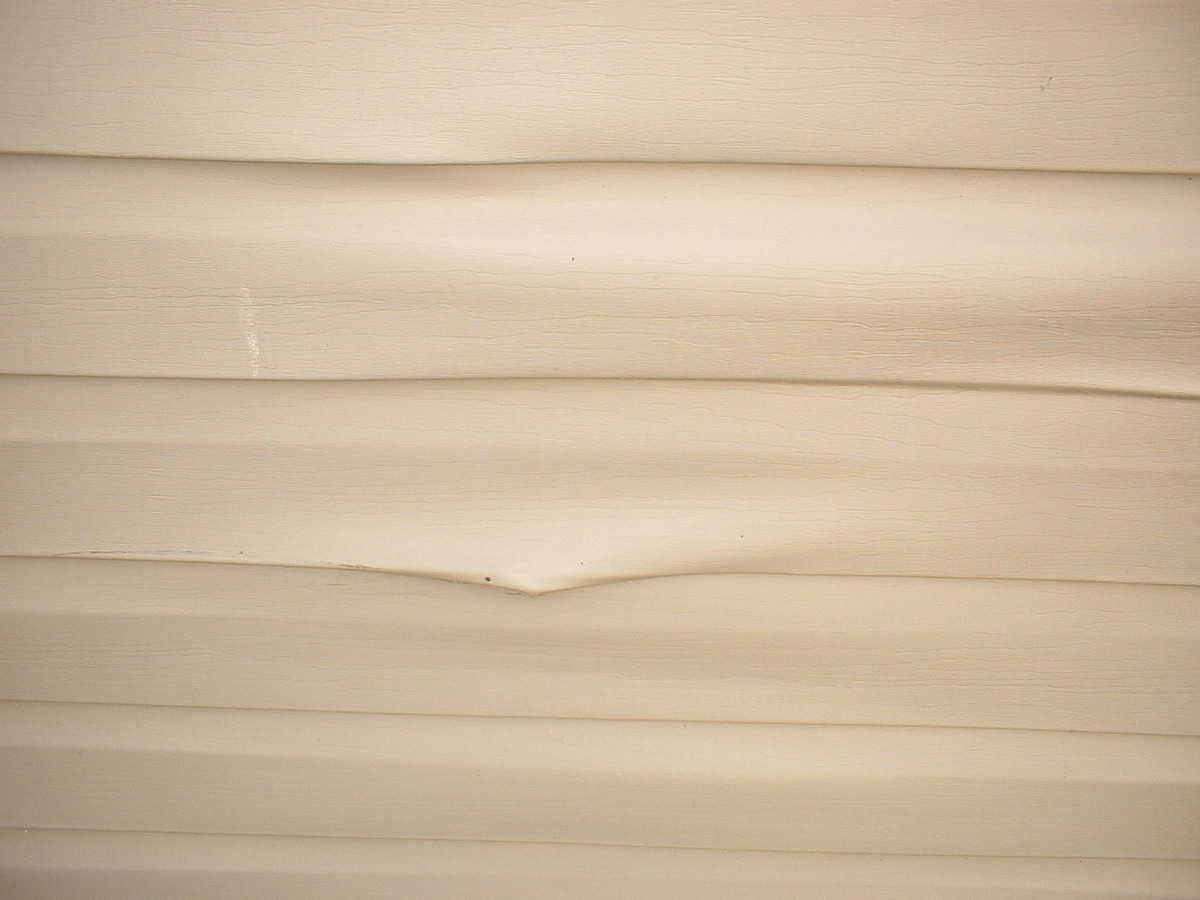
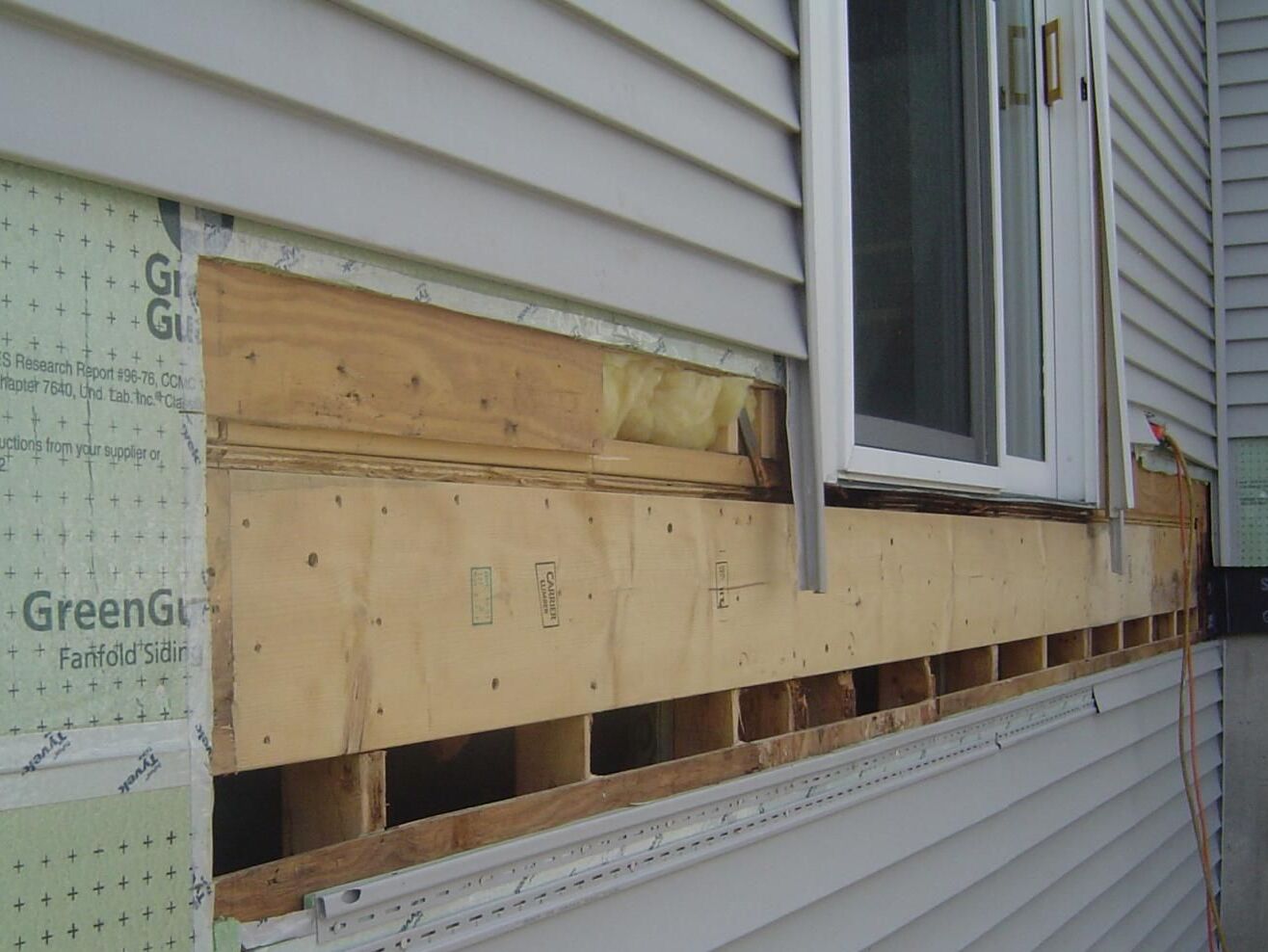
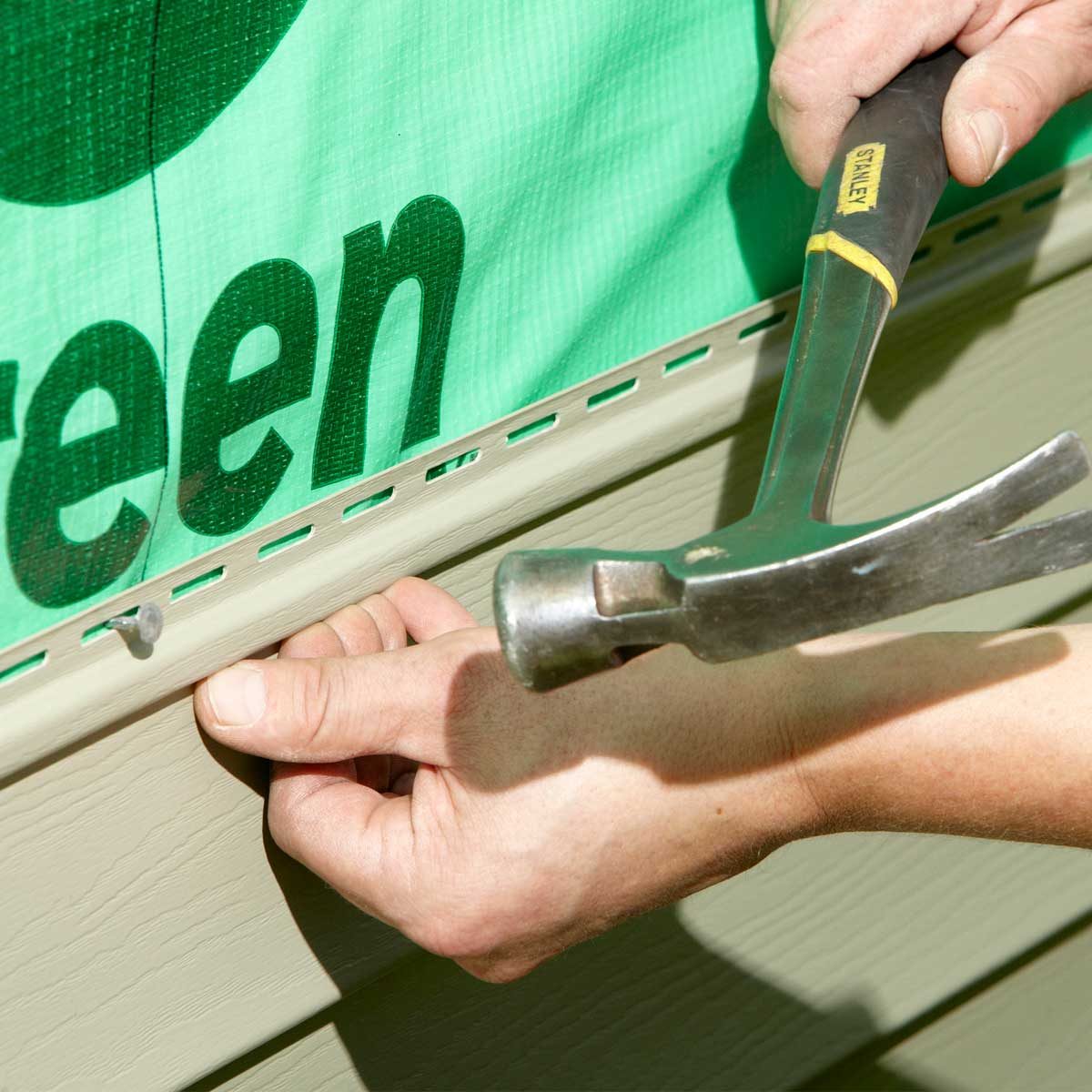
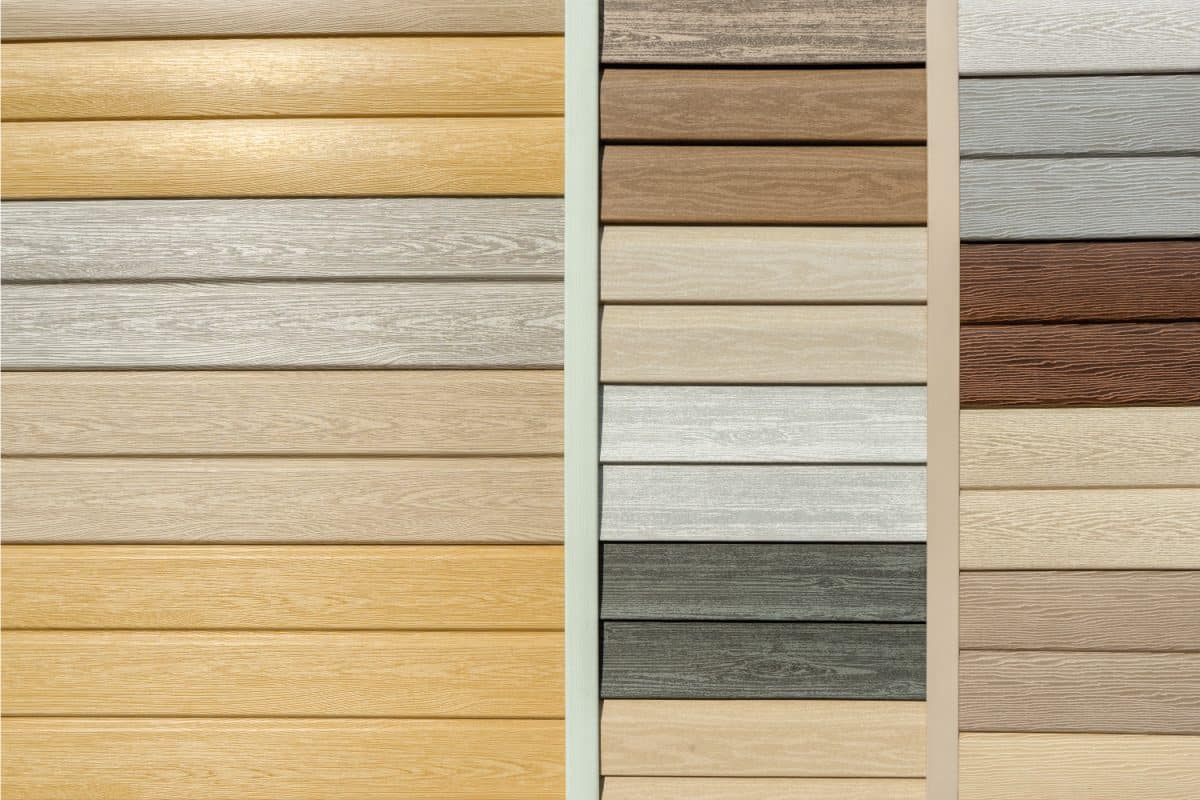
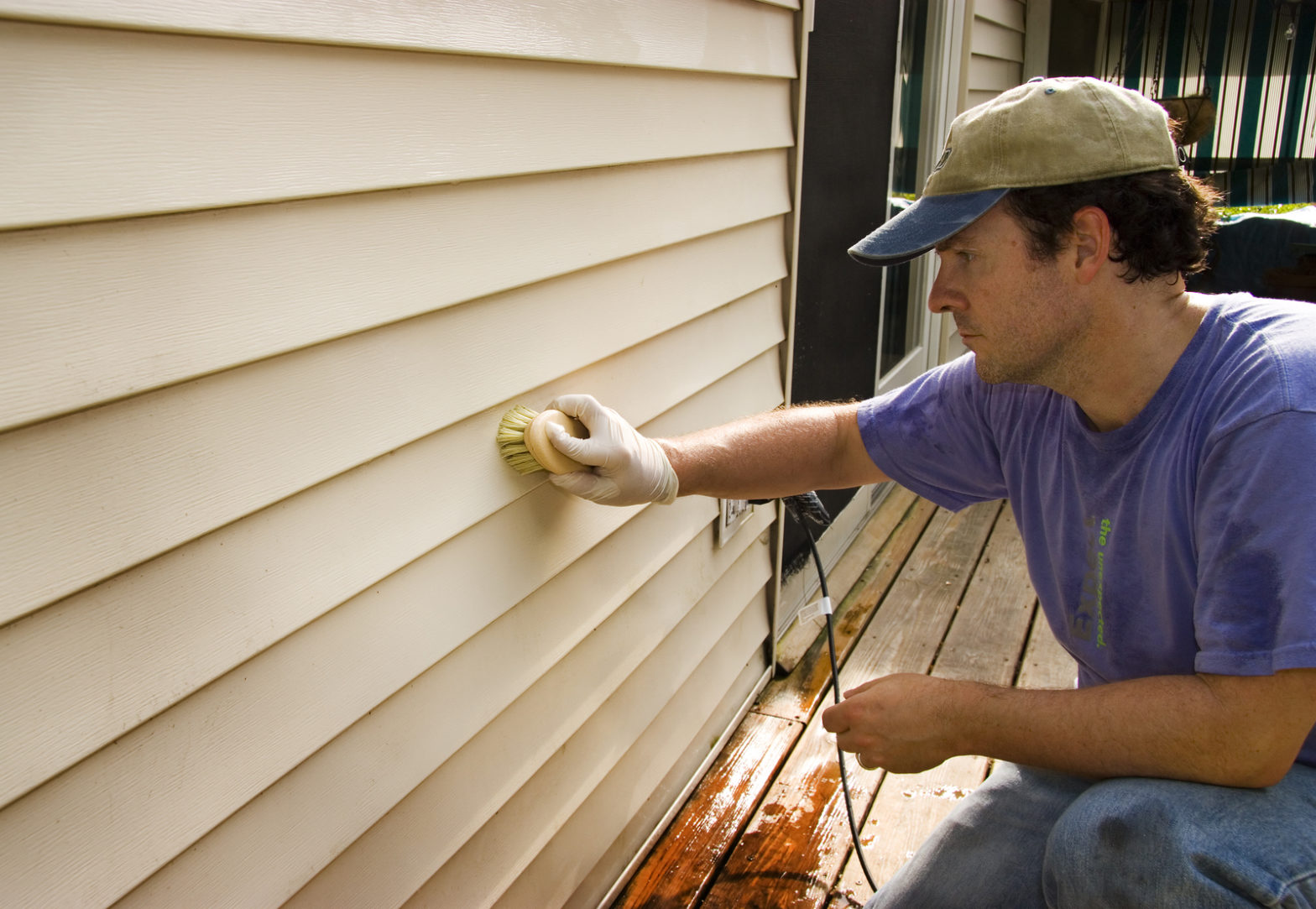
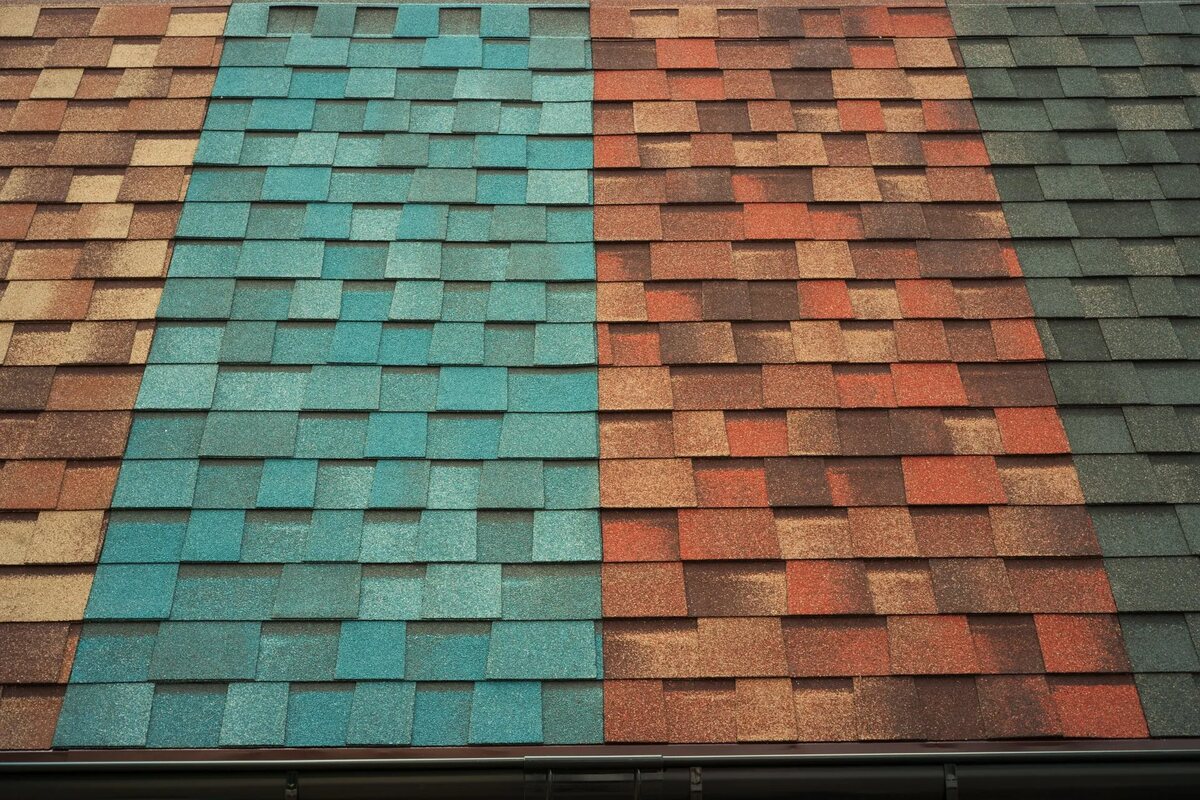
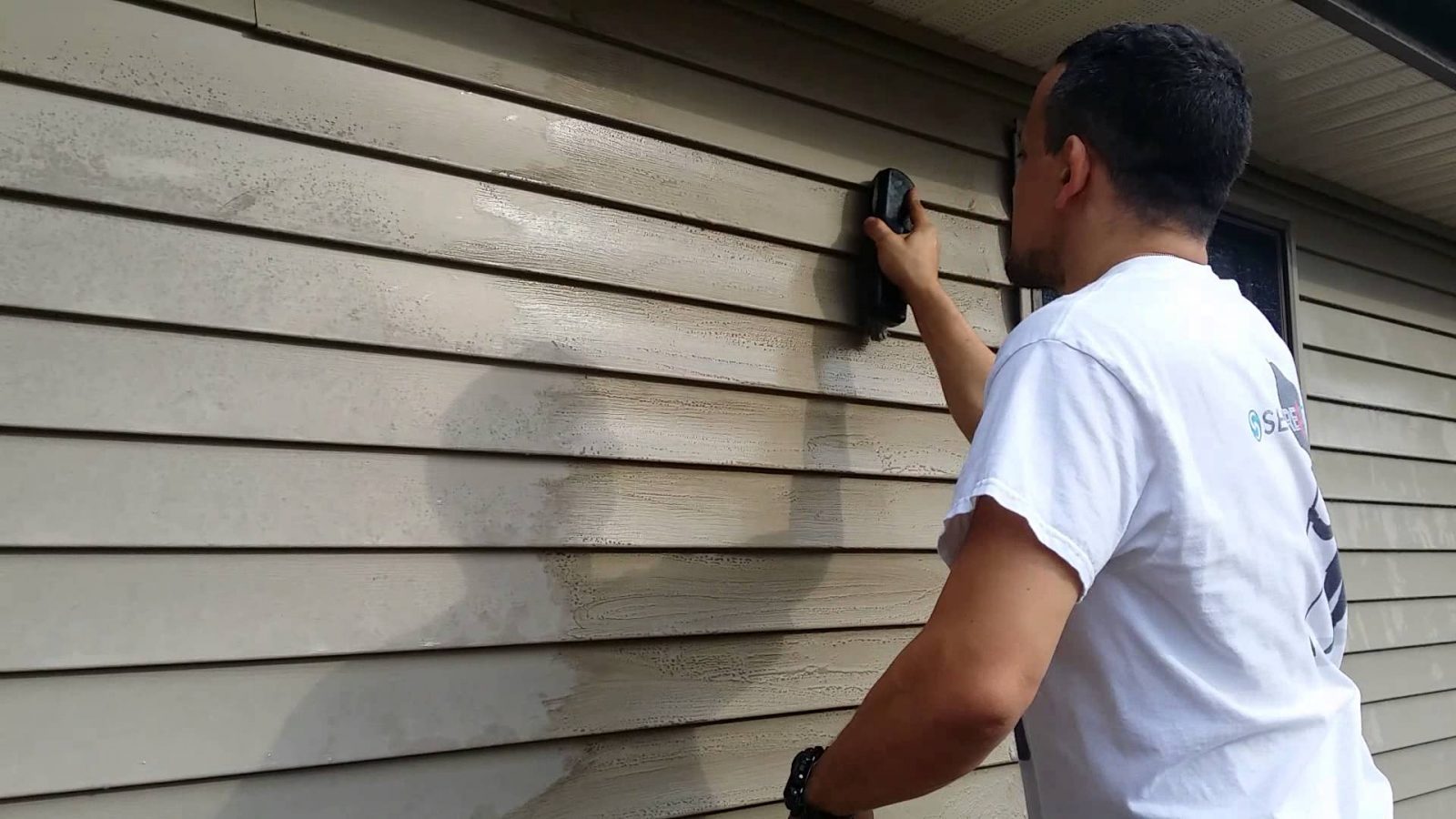
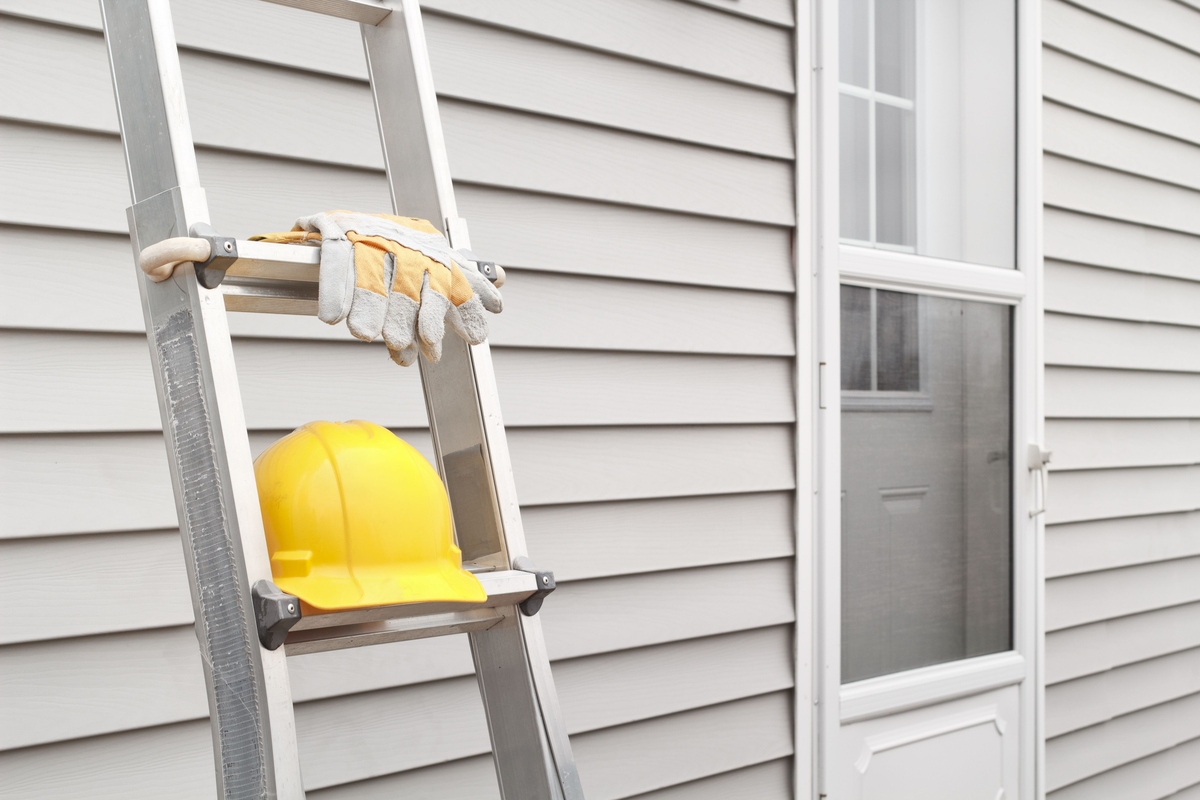
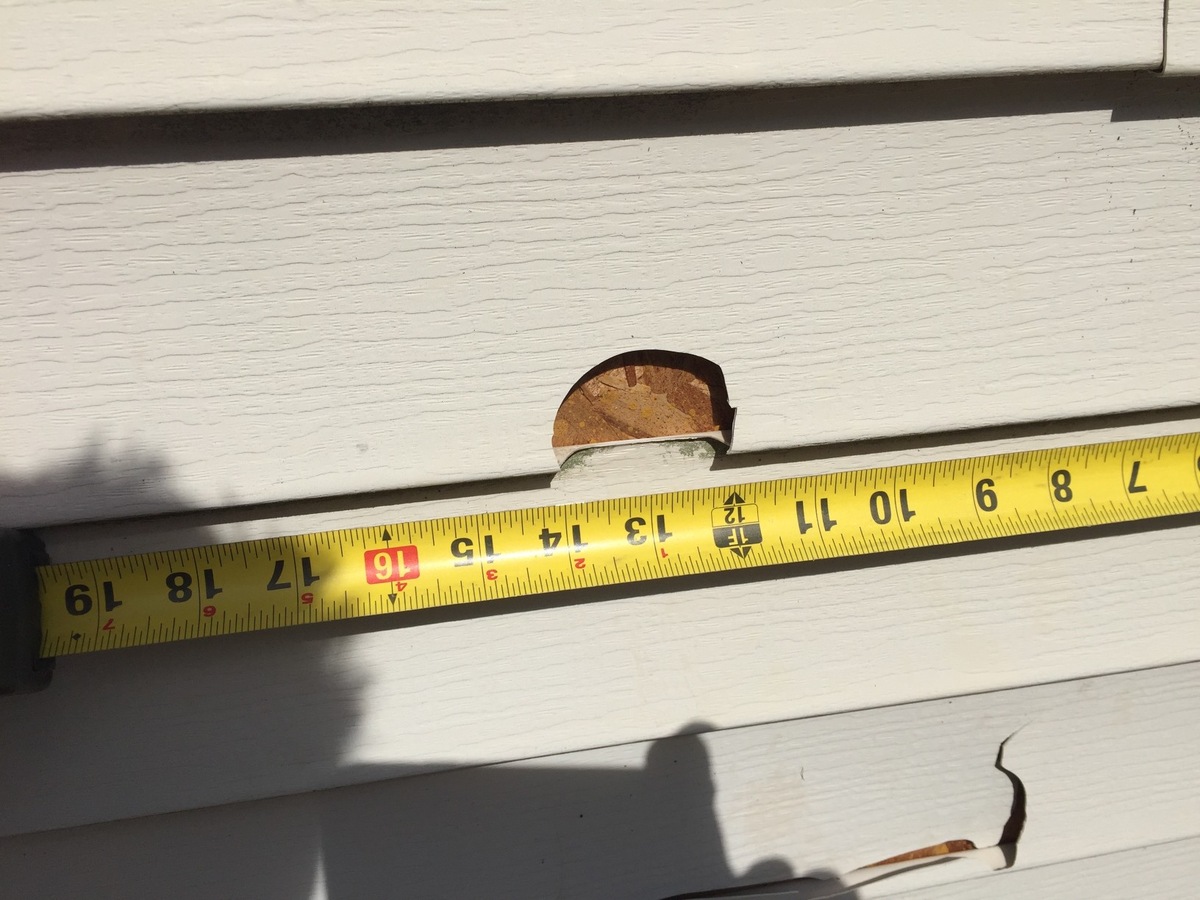
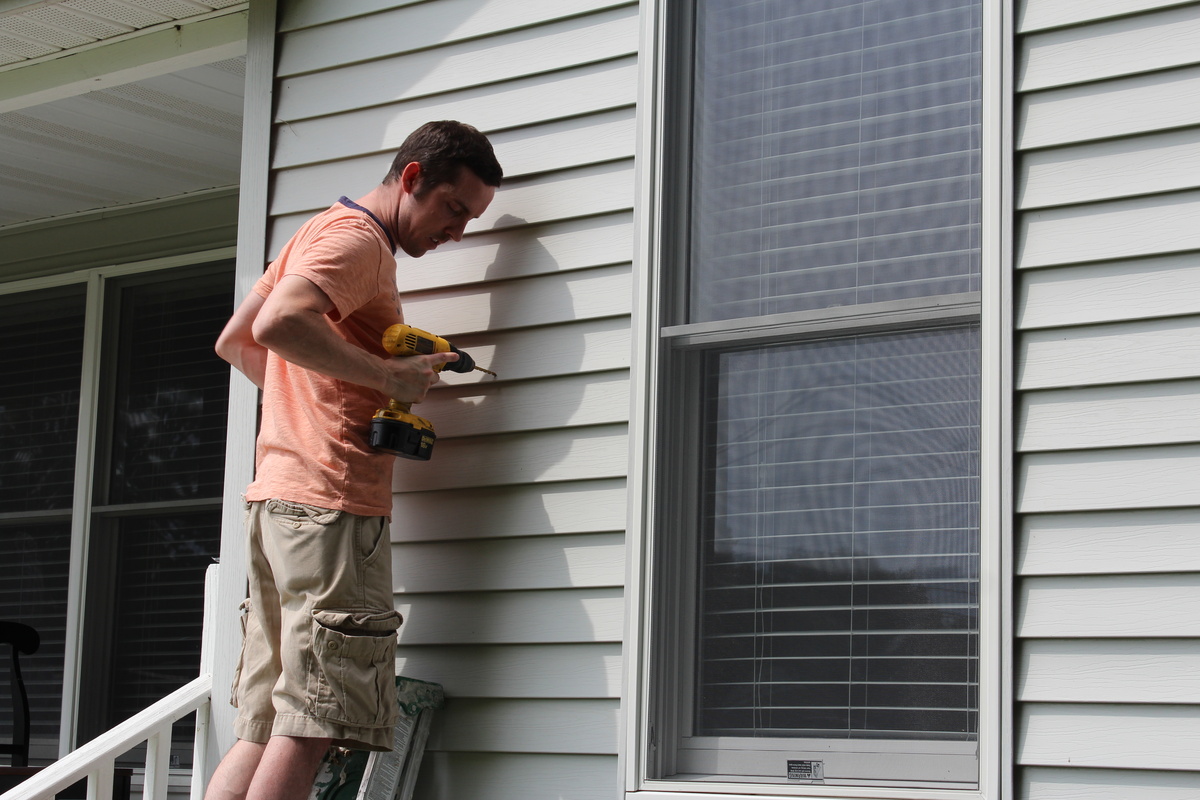
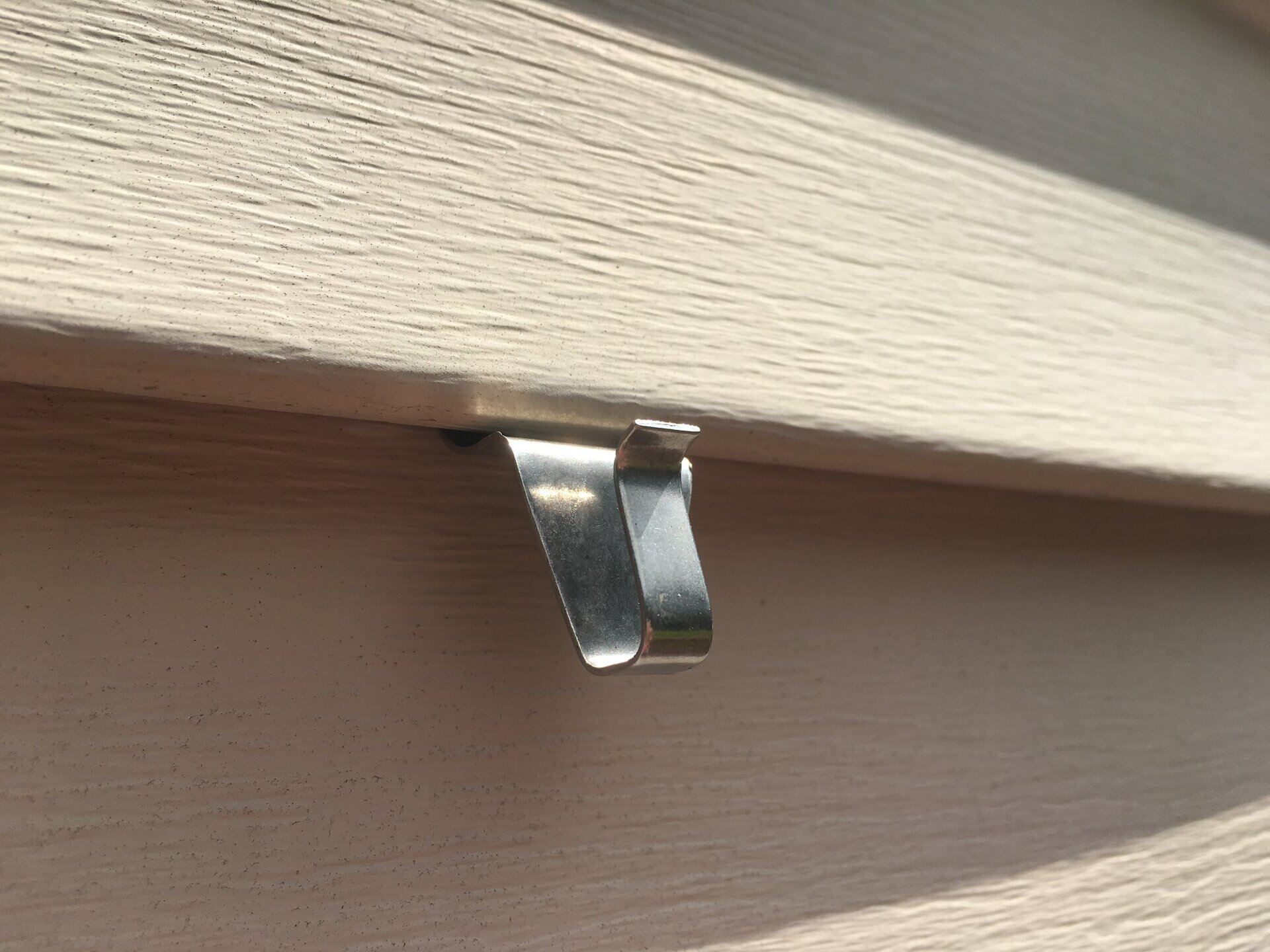
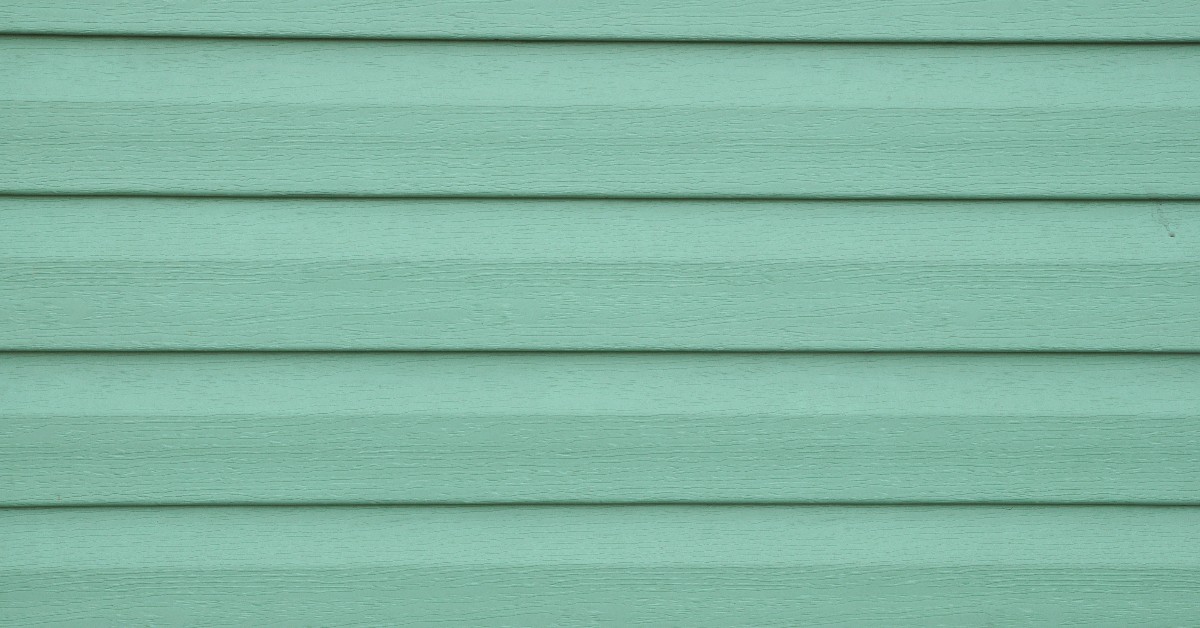

0 thoughts on “What Is The Best Cleaner For Vinyl Siding”